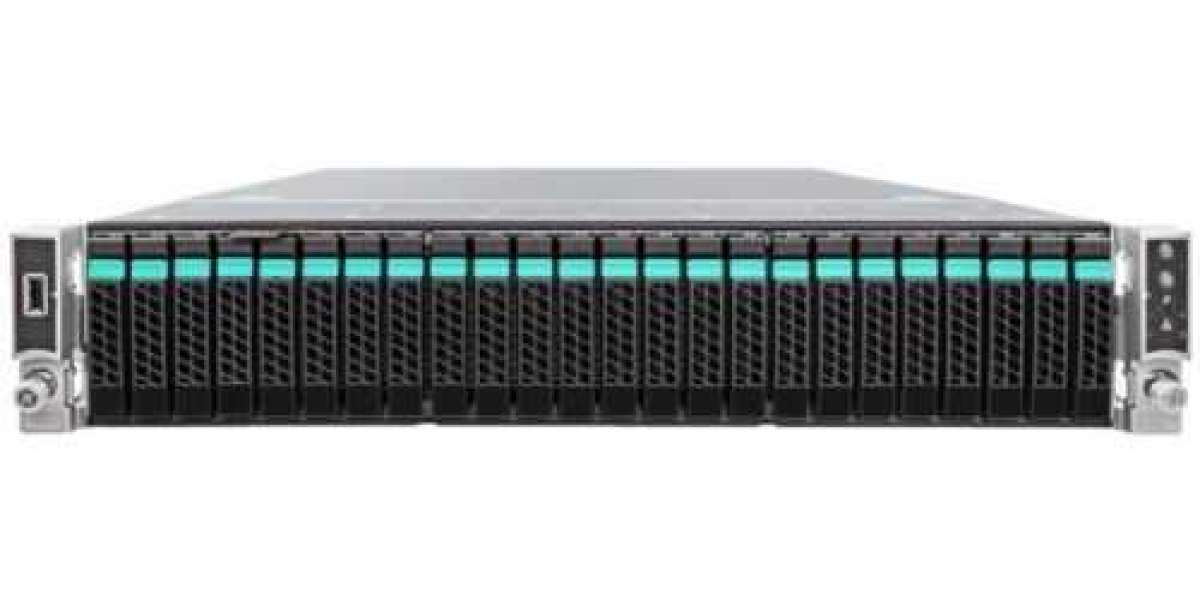With the increasing demands for data processing and storage, servers are becoming more powerful and larger. 4U servers are one of the most popular server form factors used in data centers and server rooms. They provide more processing power and storage capacity than smaller servers, making them ideal for organizations with high performance and storage requirements. In this blog post, we will discuss the benefits, uses, and best practices of 4U servers.
Benefits of 4U Servers:
Increased Processing Power: 4U servers are capable of accommodating multiple processors, making them more powerful than smaller servers. They can handle complex workloads such as virtualization, high-performance computing, and data analytics, making them ideal for organizations that require high processing power.
Increased Storage Capacity: 4U servers can accommodate more storage devices than smaller servers, providing greater storage capacity. They are ideal for organizations that require large amounts of storage for databases, archives, and backups.
Better Cooling: Due to their larger size, 4U servers provide better cooling compared to smaller servers. They can accommodate more cooling fans and airflow, reducing the risk of overheating and improving server performance and reliability.
Improved Expandability: 4U servers provide more room for expansion than smaller servers. They can accommodate more expansion cards, such as RAID controllers, network adapters, and graphics cards, providing greater flexibility in server configuration.
Uses of 4U Servers:
Database Servers: 4U servers are ideal for database servers, providing more processing power and storage capacity to handle large databases. They can handle high I/O loads, making them suitable for database-intensive applications.
Virtualization: 4U servers are suitable for virtualization, providing enough processing power and storage capacity to run multiple virtual machines simultaneously. They can handle complex workloads and provide greater flexibility in resource allocation.
High-Performance Computing: 4U servers are ideal for high-performance computing, providing enough processing power and storage capacity to handle complex computations. They are suitable for scientific simulations, engineering applications, and financial modeling.
Storage Arrays: 4U servers can be used to build storage arrays, providing large amounts of storage capacity for archives, backups, and file sharing.
Best Practices for 4U Servers:
Plan for Future Growth: When selecting a 4U server, it is essential to consider future growth. Ensure that the server can accommodate additional processors, storage devices, and expansion cards as your organization grows.
Adequate Cooling: Due to their larger size, 4U servers can generate more heat than smaller servers. It is crucial to ensure that the server has adequate cooling, including sufficient airflow and cooling fans, to prevent overheating and improve server performance.
Proper Cable Management: With more components, 4U servers can become cluttered with cables, which can affect airflow and cooling. Proper cable management is essential to ensure optimal server performance and reliability.
Regular Maintenance: 4U servers require regular maintenance, including firmware updates, software updates, and hardware inspections. Regular maintenance can help prevent downtime and improve server performance.
Conclusion:
4U servers provide significant benefits, including increased processing power, storage capacity, cooling, and expandability. They are suitable for a wide range of applications, including database servers, virtualization, high-performance computing, and storage arrays. To maximize the benefits of 4U servers, it is crucial to follow best practices, including planning for future growth, ensuring adequate cooling, proper cable management, and regular maintenance. By utilizing 4U servers and following best practices, organizations can effectively meet the increasing demands for data processing and storage.



